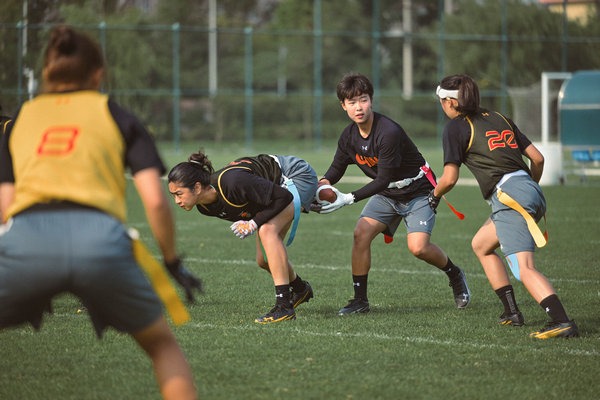Brain scans may help predict autism among high-risk infants: study

US researchers studying autism said Wednesday they were now able to use brain scans to detect functional changes in high-risk babies as young as six months of age and then predict who would be diagnosed with the condition at age two.
Autism affects roughly one out of every 68 children in the United States. Siblings of children diagnosed with autism are at higher risk of developing the disorder.
Although early diagnosis and intervention can help improve outcomes for children with autism, there currently is no method to diagnose the disease before children show symptoms.
In the current study, a research team led by investigators at the University of North Carolina (UNC) at Chapel Hill and Washington University School of Medicine in St. Louis, focused on the brain's functional connectivity, or how regions of the brain work together during different tasks and during rest.
Using an imaging technique called functional connectivity magnetic resonance imaging, the researchers have scanned 59 high-risk, six-month-old infants while they slept naturally.
The children were deemed high-risk because they have older siblings with autism. At the age of two, 11 of the 59 infants in this group were diagnosed with autism, and nine of the 11 infants would go on to have autism.
"When the [analysis] determined a child had autism, it was always right. But it missed two children. They developed autism but the computer program did not predict it correctly, according to the data we obtained at six months of age," Robert Emerson, a former UNC postdoctoral fellow and first author of the study, said.
The researchers proposed that a single neuroimaging scan may accurately predict autism among high-risk infants, but cautioned that the findings need to be replicated in a larger group.
"No one has done this kind of study in six-month olds before, and so it needs to be replicated. We hope to conduct a larger study soon with different study participants," Emerson said.
The findings were published in the recent issue of US journal Science Translational Medicine.




































